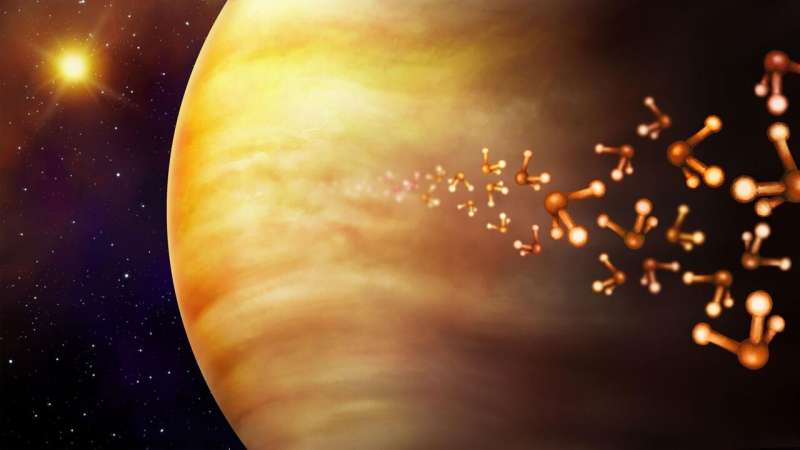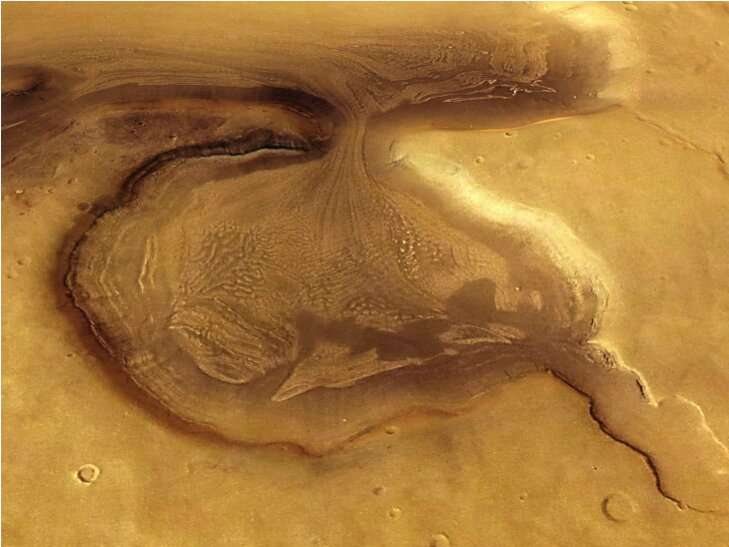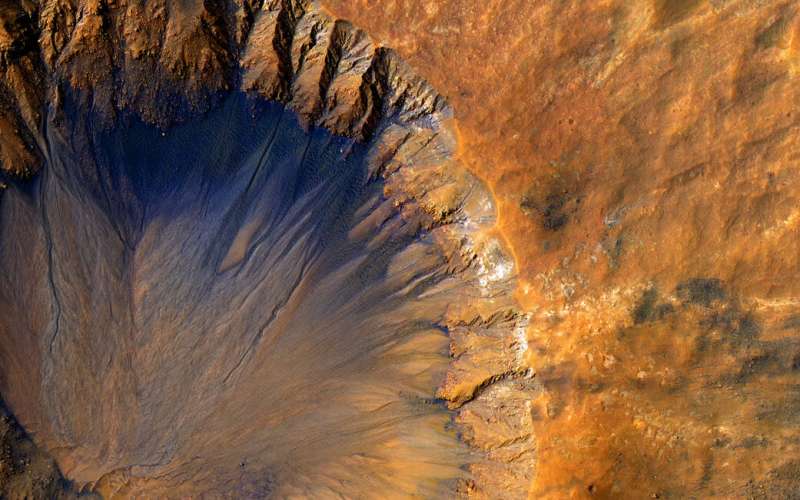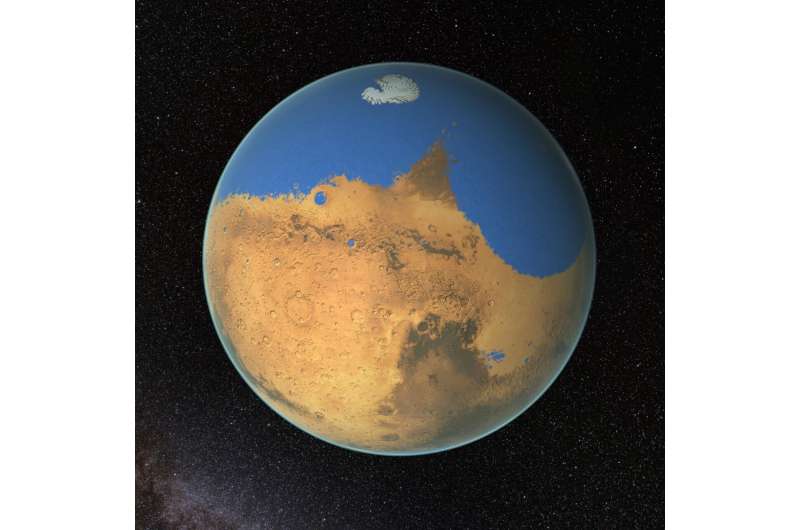The University of Lisbon.

There are many questions in the solar system. It is not known if the formations on Venus are active. The surface of Mars suggests that there was a large ocean. Recent detections of chemical compounds that may indicate the presence of biological activity on Mars and Venus keep the search for life outside Earth alive. The answer may lie in the analysis of the light that reaches us from these planets, through the fingerprints that the molecules leave in the spectrum of that light.
In the study published in Atmosphere, researchers from the University of Lisbon compared simulations obtained with the Planetary Spectrum Generator.
The team was able to explain the results of some observations and conclude that the simulation is an effective tool for studying the abundances of chemical compounds present in small amounts in planetary atmospheres.
M methane may originate from both biological activity and geological processes. It is not known if the presence of it on Mars is detected by the Mars Express or the TGO.
By varying the parameters of our simulations, we were able to explain the detection and non-detection of methane on Mars. This is an important step towards clarifying the association of methane on Mars with the possible existence of life.

The fate of most of the water on the red planet is of interest to the scientific field of the search for life outside Earth. Evidence suggests that this once flowed in abundance on the planet, and that a lot of the northern hemisphere was once a vast ocean. Mars is a desert.
Knowing the ratio between the two hydrogens helps us understand the evolution of water on Mars. Water, H 2 O, made up of a deuterium atom and a hydrogen atom, HDO, is heavier and will escape into space with more difficulty because Deuterium is a heavy hydrogen atom. This study gives us valuable information about the fate of Martian water, thanks to the comparison of this ratio at a global and local level.
Phosphine can be produced in high pressure and temperature environments with the help of hydrogen and phosphorus.

The scientific community turned its attention to this planet after a study identified phosphine in the clouds of Venus.
Sulfur dioxide is important for us to know if there is volcanic activity on Venus. By precisely determining the abundance of this compound at different altitudes, we will be able to conclude about its origin.
This work is important for space missions that are being developed, such as EnVision, Ariel, and Mars Express, from the European Space Agency, in which IA is involved, by telling us the expected values for these chemical components and allowing the instruments that are

This type of solar system studies, which can serve as a model for what we hope to be able to observe outside of the solar system, benefit missions like the one that will study the atmospheres of planets around stars other than the Sun.
The IA is at the forefront of these studies by including in its Planetary Systems team specialists both in the study of the atmospheres of planets in the solar system and in the detection and characterization of exoplanet.
More information: João A. Dias et al, From Atmospheric Evolution to the Search of Species of Astrobiological Interest in the Solar System—Case Studies Using the Planetary Spectrum Generator, Atmosphere (2022). DOI: 10.3390/atmos13030461 Provided by University of Lisbon Citation: NASA simulator helps to shed light on mysteries of solar system (2022, April 1) retrieved 1 April 2022 from https://phys.org/news/2022-04-nasa-simulator-mysteries-solar.html This document is subject to copyright. Apart from any fair dealing for the purpose of private study or research, no part may be reproduced without the written permission. The content is provided for information purposes only.